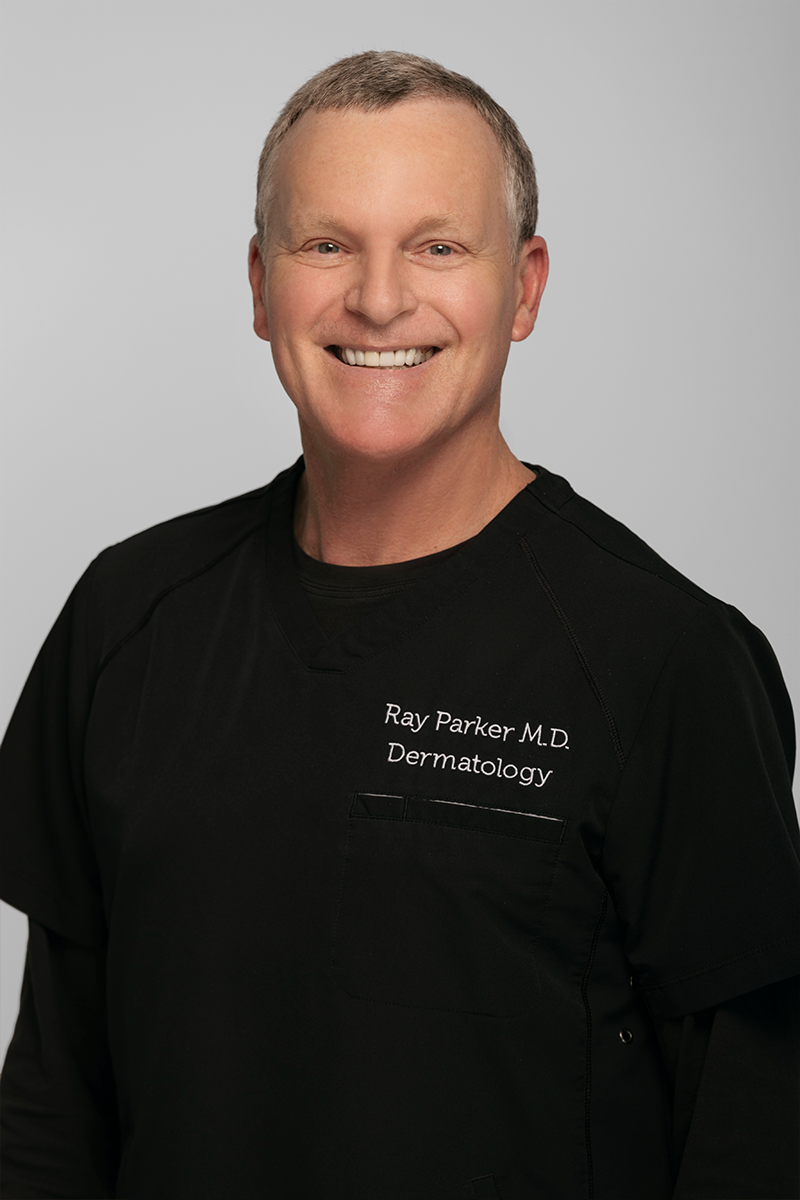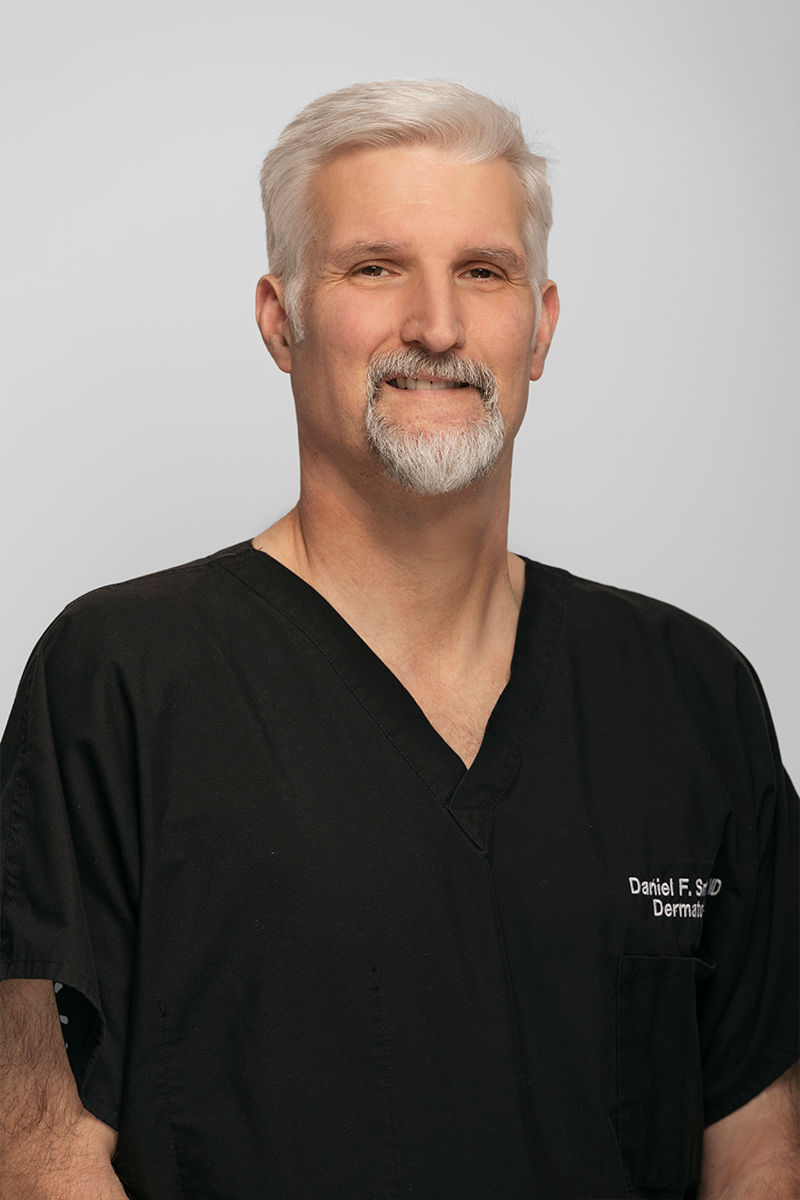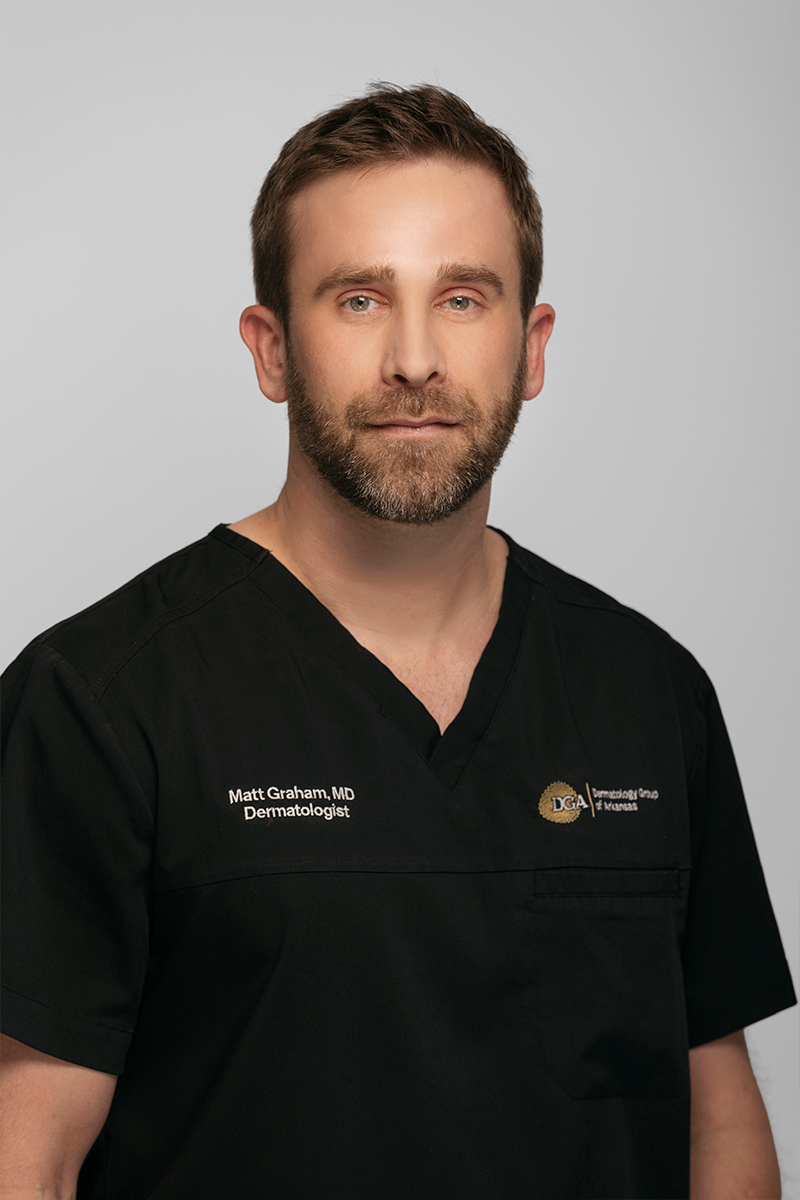Actinic Keratosis
Identify and Remove Pre-Cancerous Lesions in the Little Rock Area, Central Arkansas, and Beyond
Skin cancer is one of the most common medical conditions that dermatology patients fear, but diagnosing it early and starting a prompt treatment is an excellent way to maximize chances of the most positive outcome possible. As part of this strategy, it can be very important to watch for something known as an actinic keratosis. The Little Rock area’s Dermatology Group of Arkansas routinely identifies these skin lesions, which are not cancerous themselves, but are considered to be “pre-cancer,” as they can develop into squamous cell carcinoma if left untreated.
Skin health is intimately tied to a person’s overall health, which is why prompt attention, accurate diagnosis, and effective treatment are critically important. Our dermatologists are very experienced in identifying actinic keratosis, as well as working with each patient to resolve the skin issue and develop a long-term plan to monitor the skin and watch for future signs of potential cancer.
Contact Us Today
Schedule your consultation for actinic keratosis for Little Rock, all of Central Arkansas, and beyond today. Call us at the Dermatology Group of Arkansas at 501-227-8422.

Actinic Keratosis Basics
Ultraviolet radiation from sunlight and artificial tanning is very damaging to the skin. In addition to drying skin out and breaking down collagen, elastin, and more—contributing to a look of early aging—UV rays can create problems as their effects accumulate over time.
One sign of sustained ultraviolet radiation exposure is an actinic keratosis: a waxy, scaly, or crusty lesion that often feels like a dry patch of skin. There is no single way that an actinic keratosis develops. The lesion may be flesh-colored or any number of shades darker or lighter than the surrounding pigment. It may also be raised or flat. Despite the numerous variations, all actinic keratoses typically share a rough texture.
Since AKs—as they are known—come from ultraviolet radiation damage, they develop on skin that is frequently exposed to the sun. The most common places for them to form are the face and scalp, as well as the neck, the backs of the hands, the forearms, and the shoulders. They may develop elsewhere as well.
Up to 10 percent of AKs evolve into skin cancer, and almost all squamous cell carcinomas start out as an actinic keratosis.
Meet Your Doctors
Meet Your Doctors
Meet Your Doctors
What Treatments Are Available for an Actinic Keratosis?
Dermatology Group of Arkansas offers several treatments for AKs, including cryosurgery (using extreme cold to kill the targeted cells, which are then removed), chemical peels (which employ acidic solutions to remove the outermost layers of skin where the lesions sit), and prescription medications.
As with any skin condition related to sun exposure, prevention is a strategy far preferable to treatment. Avoid damaging sun exposure as much as possible by staying indoors during peak hours, wearing appropriate clothing when going outside, properly applying sunscreen to all exposed skin if outdoors, and scheduling routine full body skin checks so any actinic keratosis lesions or other suspicious spots can be caught as early as possible.

Contact Us Today
Contact the Dermatology Group of Arkansas today for actinic keratosis in the Little Rock area. Call 501-227-8422.
Stay In Touch
Our team at Dermatology Group of Arkansas is looking forward to hearing from you and building a relationship to help you get your best skin possible. Follow us online, reach out to us directly to set up a meeting, or both!














